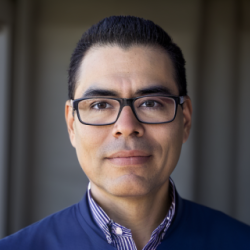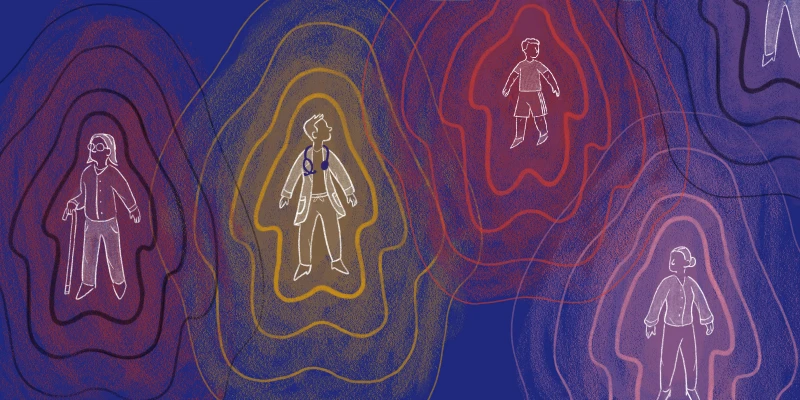The U.S., like many other countries, has long grappled with physician shortages. It is estimated that by 2036, the U.S. will face a shortfall of up to 86,000 physicians. This imbalance between supply and demand affects all specialties, as evidenced by increased patient wait times, higher patient volumes per physician, and exacerbated physician burnout. Contributing factors include compensation challenges, available residency and fellowship opportunities, and the demanding nature of certain specialties, which involve navigating complex health systems, payer-related hurdles, and exigent demographics. Some argue, however, that the issue is less about an absolute shortage of physicians and more about the uneven distribution and inefficient utilization of available resources.
This shortfall in the supply of physicians is partially filled by APPs, including NPs. However, routing nursing school graduates — trained for a distinct and essential mission — into NP pipelines has worsened the shortage of skilled nurses. Like clinical medicine, nursing has evolved into a highly specialized profession, encompassing surgical, oncology, cardiac, and critical care nursing. Within these specialties, there are subspecialties, furthering the hyperspecialization of nursing. According to the National Center for Health Workforce Analysis, the nation will face a shortage of 78,610 full-time equivalent (FTE) registered nurses in 2025, which could rise to 206,553 by 2030. Physicians often recount instances where patient care was compromised due to a lack of adequately trained nursing staff. Short-circuiting trained nursing resources into clinical medicine has put a strain on currently practicing nursing professionals who undoubtedly are the backbone of health care delivery in any system.
One obvious strategy to balance the equation is to train more physicians. And one way to do that is to create more Graduate Medical Education (GME) opportunities. After all, there are always more applicants (combined MDs, DOs, and IMGs) than residency spots. However, establishing quality training programs requires time and generous funding, which may still be inefficient in increasing the numbers of physicians in those specialties and geographical areas in dire need of care.
Some states have been working on implementing pathways for IMGs to practice under supervision with limited licensure. These pathways often require IMGs to complete the USMLE exams, hold full licensure in their home countries, have several years of clinical experience, and, in some cases, possess training equivalent to a U.S. residency. They are also typically required to work in underserved areas. But, although the USMLE and ACGME core competencies might be comparable, these programs haven't been effectively implemented due to obstacles such as legislative issues, a lack of awareness among health care organizations, unclear credentialing processes, and, most importantly, difficulties navigating the immigration system for IMGs to practice legally.
If physician shortages are so pervasive and many states recognize the issue, why aren’t graduates of U.S. medical schools allowed to practice under supervision without undergoing a residency if they choose to do so?
The emphasis here is on choice. If given the option, some may, some may not.
Interestingly, 34 state medical boards allow physicians to obtain full licenses after completing at least 12 months of GME training. However, most physicians commit to the full duration of residency. Moreover, training programs may not favor candidates who plan to leave after one year due to the disruption in clinical care and organizational workflow it may cause by having to hire a variable and unpredictable number of trainees every year. Moreover, I have yet to encounter a physician practicing independently or employed after just one year of internship. Could it be because of a lack of systems in place, of awareness, or the overall culture of medical practice?
However, a systematic, well-designed, and regulated infrastructure that allows U.S. medical school graduates to practice under supervision could be a cost-effective, time-efficient, and practical solution to mitigate the physician shortage.
Why might a medical school graduate choose this path instead of proceeding to residency? I can think of a few reasons.
Post-medical school clinical training is intense, lasts at least three years, and commits a physician to a lifelong specialty. Medical students may lack sufficient exposure to certain specialties and might prefer to work in those areas before committing to a lengthy training program and lifelong career path.
Some graduates might prioritize addressing their student debt earlier, especially if working under supervision offers compensation comparable to that of APPs. Working in underserved areas could make them eligible for federal student loan repayment or forgiveness programs. Some might want a break before embarking on further training for personal reasons or may simply prefer not to pursue additional clinical training while being content with supervised practice.
Currently, any delay in transitioning from medical school to residency is considered a red flag for residency applications. There is no mechanism for U.S. medical school graduates to practice clinically without completing graduate medical training but this does not have to be, and shouldn’t be the case.
Medical school curricula effectively prepare students for lifelong learning in medicine. USMLE Steps 1 and 2 ensure that students’ basic science and clinical knowledge meet the required standards. Rigorous admissions processes, coursework, and sub-internships instill core competencies, adaptability, and a growth mindset, enabling graduates to contribute meaningfully to health care infrastructure. Furthermore, this will prompt educators to continuously refine the curriculum.
This proposition, however, presents potential complications as well.
Not all specialties are suited for this. Procedural and surgical specialties demand years of training to hone hands-on skills. However, within those specialties, non-procedural clinical tasks can be performed competently by medical graduates while providing them meaningful exposure to the nuances of the work.
Another undesirable consequence could be the decline in the residency application pool and eventual shortages of residency/fellowship-trained physicians. Specifically, in specialties already struggling to attract graduates to pursue clinical training. However, there are usually more applicants than the training positions every year. In 2024, 6.5% of U.S. medical graduates and 41.5% of IMGs could not get into any residency program. U.S. medical graduates who choose to work under supervision might eventually pursue residency training, stabilizing the applicant pool. Such calculus would need to be tracked closely and cautiously.
So how can it be achieved?
Many stakeholders need to come together to create a conducive ecosystem. This includes legislative members, state medical boards, potential employers, and clinical organizations. Once the states pass legislation authorizing medical boards to establish licensing rules, clinical practices should be able to employ interested medical graduates and negotiate contracts with payers.
Allowing U.S. medical graduates to work clinically under supervision could be a win-win situation for many beneficiaries of the health care system. It would expand the patient's access to health services across specialties and geographies without putting significant strain on health care costs. It will provide medical graduates with broader and deeper exposure to varied clinical specialties to choose from and enhance their clinical confidence and competence to choose a specialty as a lifelong career. They could also provide essential support — both clinically and mentally — to supervising physicians, ultimately improving patient outcomes.
What are some beneficial ways we can alleviate the physician crisis? Share in the comments!
Dr. Ameer Khowaja is an endocrinologist based in San Antonio, TX. In addition to his clinical practice, he enjoys participating in population research, teaching internal medicine residents, community volunteer work, reading, writing, and spending time with his family. Dr. Khowaja is a 2024–2025 Doximity Op-Med Fellow.
Illustration by April Brust







